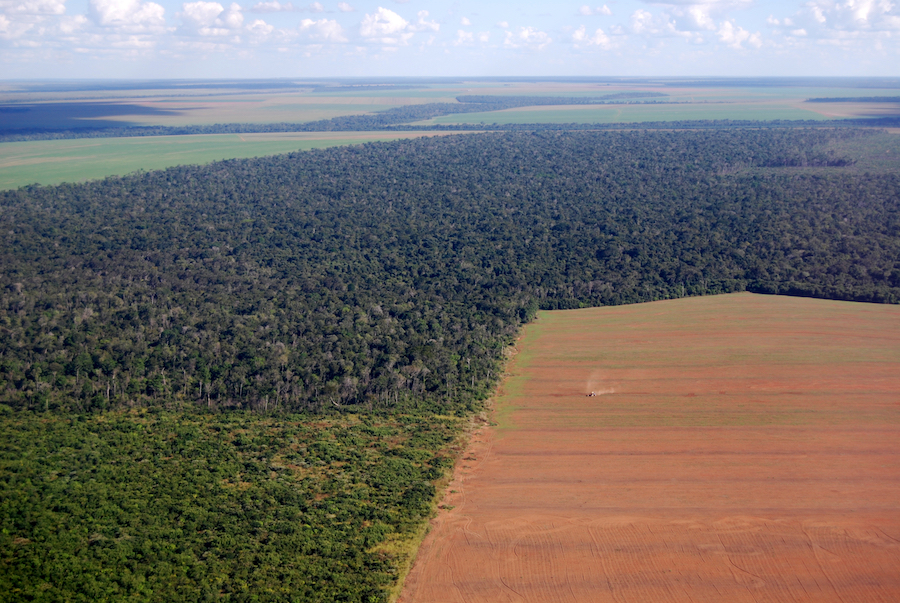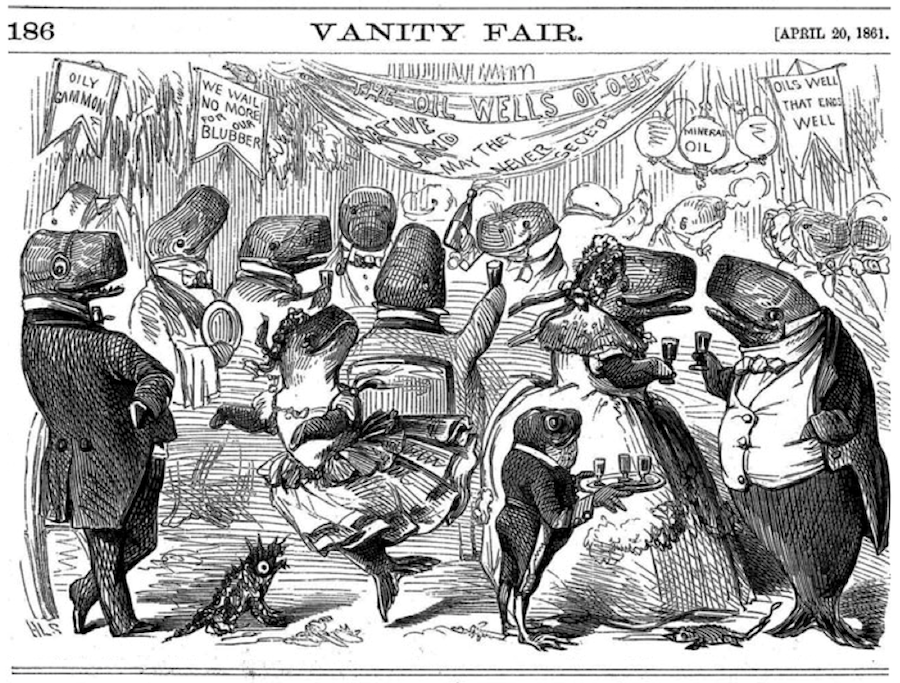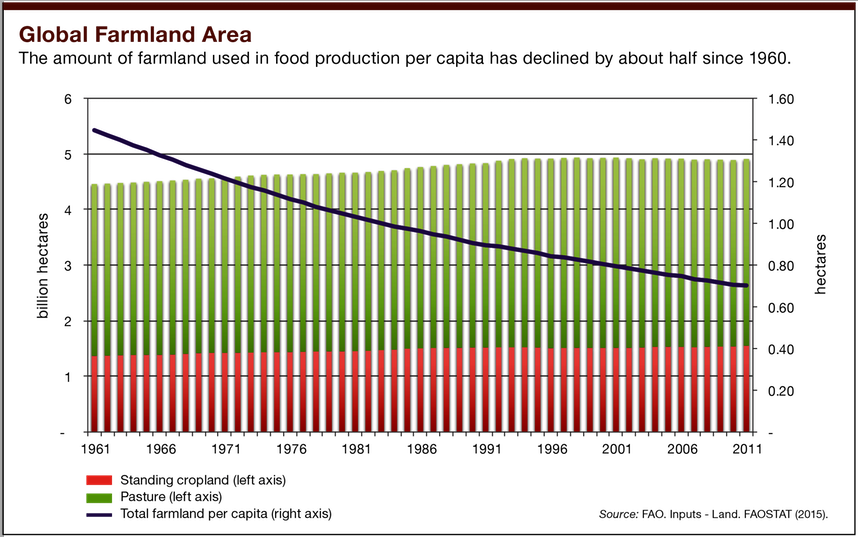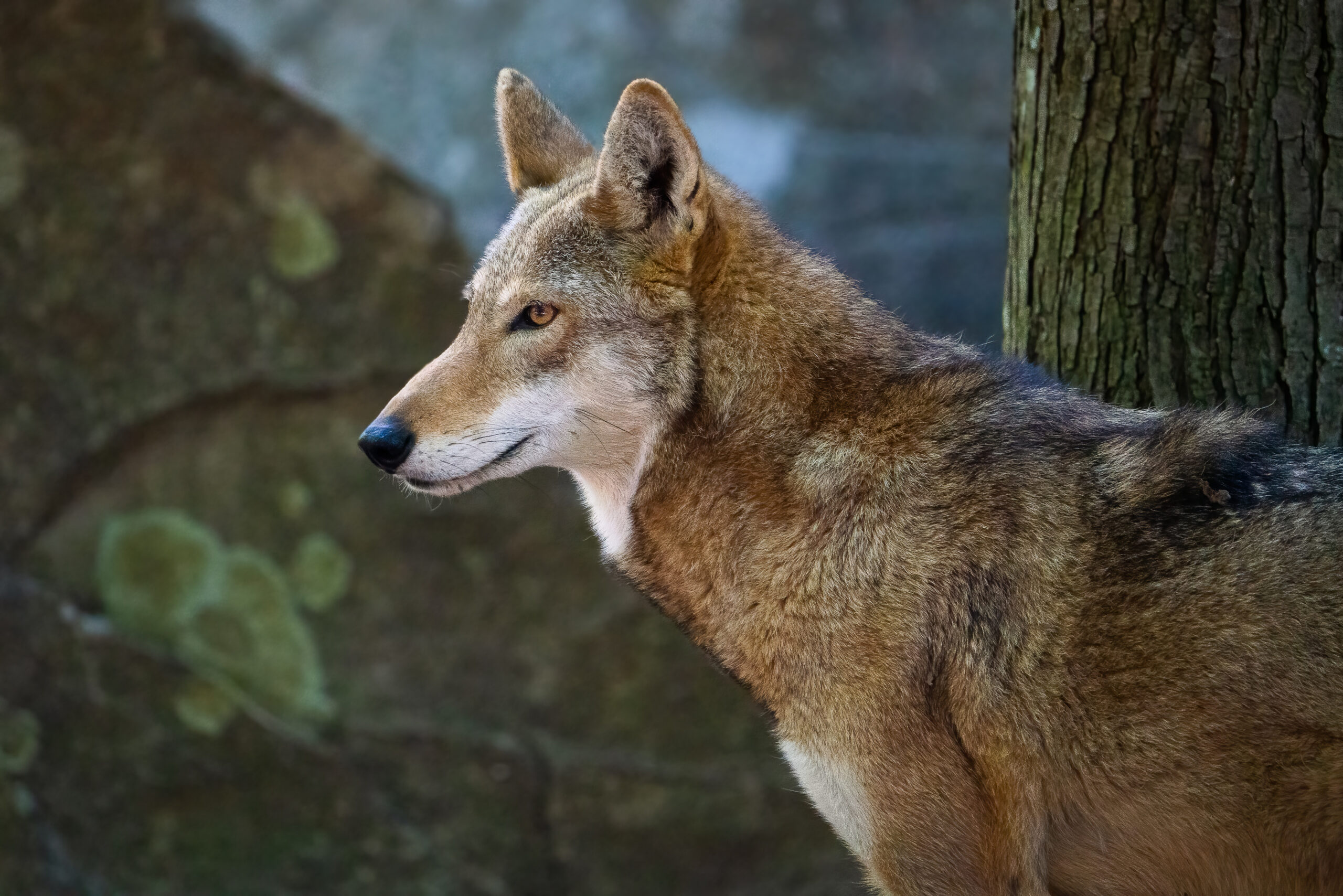Humanity has, by most measures, done extraordinarily well over the past century. People on average live longer and eat better. The share of the global population living in poverty is lower than ever before. But supplying food, energy, materials, and water to a growing and increasingly wealthy population has come at a steep cost for the natural world. Humans today use at least half of all ice-free land, mostly for farming and forestry. Habitat loss, overexploitation, pollution, and other environmental impacts have on average reduced wildlife populations by more than half since 1970. Hundreds of species of birds and mammals have gone extinct over the past few centuries, and many more are threatened today.
But there are glimmers of hope. Even as biodiversity continues to be lost, there are signs that economic growth and human welfare are becoming increasingly decoupled from environmental impacts. While many of humankind’s environmental impacts have grown in absolute terms, several have started to flatten out or even decline. Per-capita impacts have in many cases gone down, in large part because the technologies used to produce goods have become less environmentally harmful. If these decoupling trends continue, it is possible that human impacts on the environment will peak and decline this century, even as the global population approaches 10 billion and people around the world become more materially rich and secure.
“Peak impact” offers an inspiring vision for global conservation. It can be achieved by accelerating beneficial economic and technological processes while continuing to use protected areas, payments for ecosystem services, and other conventional conservation tools at a landscape levels. Here is how it works.
Taking A Burden Off Nature
While population and per-capita consumption have added to humanity’s overall burden on the environment, technological shifts have for the most part reduced it. These shifts can be reduced to two mechanisms: substitution and intensification.
The substitution of tractors for horses eliminated the need to dedicate about one-quarter of all U.S. farmland to feed draft animals. The introduction of synthetic nitrogen meant farmers no longer needed to keep as much as half of their cropland in fallow to replenish soil nutrients. Together with agricultural intensification in the forms of rising crop yields and greater efficiencies in meat production, these technological advances have allowed the area of farmland per capita to fall by half over the last half century, even as diets have gotten richer. While global farmland area has increased by about 10 percent since 1960—causing widespread habitat loss—it has barely grown since the early 1990s. During that period, global population rose by more than 20 percent and GDP per capita nearly doubled.
The transition from fuelwood to fossil fuels, nuclear power, and hydro as sources of energy has also contributed to flattening global demand for wood. In fact, per-capita wood consumption has declined so much as to offset the concurrent increase in food consumption, such that the total per-capita demand for biomass has stayed constant for more than a century. Today, it takes on average less than one hectare to provide food, energy, and living space per person, compared to an estimated four hectares per person among early agriculturalists some 7,000 years ago.
Through similar mechanisms, farmed meat and fish have taken pressure off wild populations. Petroleum- and plant-based substitutes for whale oil spared global whale populations—not just in the 19th century when kerosene replaced whale oil in lighting, but also in the 20th century when innovations made whale products unneeded for lubricants, soap, and margarine. Shifting from coal to natural gas to nuclear and hydro—and wind and solar power more recently—has gradually reduced the amount of carbon emissions per unit of energy, even as total global carbon emissions have continued to rise. As humans shift from harvesting goods in the wild—such as bushmeat hunting or whaling—to farming them, or to producing goods in factories, the amount of environmental harm per unit produced tends to fall.
In other words, in most cases, the more synthetic our consumption, the less nature we destroy. We spare nature by using less of it.
So far, in most cases, technological improvements have not fully offset the increasing pressure from a growing population and higher consumption, so most environmental impacts have grown in absolute terms. Indeed, increasing efficiency has often enabled greater consumption. But as population growth slows and demand for material goods saturates at high levels of income, the peak and subsequent decline of human impacts on the environment is a distinct possibility this century.
The Defining Challenge for Conservation
To understand what decoupling means for conservation, we need to focus on the micro level. Here, the fate of conservation boils down to an evolving race between consumptive uses of the environment, such as conversion of forests to farmland, and non-consumptive uses, such as the preservation of land or wildlife for aesthetic or recreational purposes. Put differently, the conservation of natural habitats and wildlife is ultimately a question of opportunity costs. In the words of ecologist John Terborgh, as long as a forest is “worth more dead than alive,” conservation is an uphill battle.
In most cases, the more synthetic our consumption, the less nature we destroy. We spare nature by using less of it.
Conservationists have devised several strategies to deal with opportunity costs. Protected areas—one of the cornerstones of global conservation—exclude some or all ecologically harmful activities by legal means. They allow constituencies to identify and protect the most unique and highly prized places for their biodiversity, scenery, or other values. When adequate resources are available, such legal designations can be backed up by interventions to save threatened species or landscapes. Yet protected areas face a number of limitations.
Societies and communities are often not willing to make big economic sacrifices for the intrinsic or aesthetic value of biodiversity or landscapes, especially—and understandably—in poorer countries. The vast majority of protected areas are located in places where there are no competing land uses, either because the land is too infertile, rugged, or remote. Where farming, logging, or mining is viable, and where population densities are higher, protected areas are much less common, or they are poorly enforced or dismantled altogether when pressures become too high. Where protected areas make a difference, they tend to displace the harmful activities to other places, rather than eliminating them altogether. When logging or farming is banned from an area, the wood and food will still be produced somewhere—either close by or in a different region. For this reason, local successes do not necessarily add up to less habitat loss globally, even though they have helped many individual species and populations to survive.
Another way to win the race between consumptive and non-consumptive uses is to identify and capture value from conserved land or wildlife. Ecotourism, as well as ecosystem services like purification of water and air by plants, flood control by wetlands, and crop pollination by wild insects, are examples of how benefits might match or exceed the value of developing land for farming or housing. Several of these have proven effective conservation tools at local levels. Buffer strips, which capture pollutants from agricultural runoff, have helped restore riparian ecosystems across many parts of the United States and Europe. Ecotourism tips the balance in favor of conservation in some scenic or biodiverse parts of the world, notably the tropical forests of Costa Rica and many wildlife reserves in Africa.
Yet these tools, too, face certain limitations in achieving conservation at larger scales. Ecotourism can bring large incomes in accessible places with unique qualities, but is often not feasible in areas lacking these features or at wide geographical scales.
As for ecosystem services, many of the most biologically rich ecosystems are so far from cities, farming, and other human activities that their services do not really have economic value. For instance, riparian vegetation only serves humans if there is a nearby source of pollution, like farming, and a downstream population to benefit from cleaner water. Trees only provide an air quality service when there are humans nearby to benefit from cleaner air.
In other cases, it can be more profitable to develop land for farming at the expense of natural habitats and their ecosystem services, and instead rely on substitutes. Rather than use large amounts of cropland for legumes to supply nitrogen to the soil, for instance, farmers could use the land to grow other crops and apply synthetic fertilizer.
In places where farming or housing is not profitable, the opportunity cost of setting aside land is often much lower. But if the land was not under threat of conversion anyway, relying on the ecosystem services does not result in more land for nature. This presents a paradox: We might benefit from ecosystem services the most in the areas where they make the least difference to conservation outcomes.
Finally, if ecotourism, ecosystem services, or other economic benefits of conservation really do alter the use of land and other resources, these activities tend to be displaced elsewhere rather than eliminated.
By no means does this imply that we should abandon protected areas or ecosystem services. Nor does it mean that paying people to protect their land or provide ecosystem services is not beneficial. But the effects on land use and conservation may not be able to stem the global tide of habitat and species loss, as long as demand for land and material goods keeps increasing. Conventional conservation tools are necessary, but not sufficient, for global conservation to succeed.
Towards Peak Impact
Decoupling through intensification and substitution can pick up where conventional conservation leaves off. Decoupling can reduce the consumptive value of land and wildlife, so that their exploitation becomes less profitable—in other words, so that the opportunity cost of conservation falls.
For example, once kerosene was widely adopted, there was little reason to continue whaling, since no one would buy the more expensive whale oil. As intensive farming in the American Midwest combined with better transportation networks to lower food prices across the country, marginal farming operations in places like New England became a losing proposition, and much of the farmland was left to resurgent forests. This process was reinforced by the fact that a growing manufacturing sector offered better uses for people’s time and capital. A similar phenomenon is now playing out across other regions, including Latin America.
Substitution and intensification generally follow economic growth and modernization, but they are not entirely spontaneous or natural processes. They can be accelerated through targeted policies, investments, and institutional reforms by governments, civil society, and entrepreneurs. Four priorities stand out.
The first is to spread existing technologies to spur substitution and intensification in more places. Perhaps the most important part of this is to enable farmers, especially in poor countries, to adopt modern agricultural technologies. This is an urgent priority that can halt the expansion of farmland as food demand continues to grow globally. And we know that it is possible: If agricultural yields across the world come closer to their potential, crop production on existing farmland could more than double.
Along with agricultural modernization, moving up the energy ladder can make a big difference for conservation. Modern energy, mostly fossil fuels, has substituted for fuelwood, organic fertilizers, and horses, resulting in “land sparing.” But decoupling is not just about changing the source of energy; it’s also about using larger amounts of energy in order to reduce impacts on wildlife and habitats. So the second big factor in decoupling is energy—lots of it. Aquaculture takes more energy than capture fisheries, and feedlot systems use more energy than bushmeat hunting. The impressive yield improvements we have seen in agriculture would be impossible without huge energy inputs in the form of fertilizers, pesticides, machinery, and irrigation. Abundant modern energy is also needed to power the industries and cities that allow decoupling to happen.
So we save nature with energy, but since our energy has so far mostly come from fossil fuels, sparing land and wildlife also releases large amounts of carbon dioxide into the atmosphere. This presents a huge trade-off. The only way to reduce our impacts on land and wildlife while also avoiding the worst impacts of climate change is to decarbonize our energy supply. Renewables like solar and wind will play a part in this, but they are far from sufficient. We need energy sources, such as nuclear power, that work when the sun is not shining or the wind is not blowing, and that can provide baseload power for cities and industries.
Neither agricultural modernization nor energy transitions, however, are purely about technology. Both are fundamentally underpinned by broader social and economic shifts, including urbanization, income and consumption growth, and a shift from subsistence farming to manufacturing and services. These shifts not only lift people out of poverty and increase their choices and freedoms, but they are also associated with lower population growth, which can reduce pressure on the natural environment. Therefore, accelerating these processes in a just way is our third priority.
The fourth and final priority for decoupling is innovation, which creates more opportunities for substitution and intensification. For example, the improved seeds that were part of the Green Revolution are estimated to have saved an area half the size of France from conversion to farmland. Looking forward, if clean energy sources like nuclear power are to diffuse more rapidly, we will need innovations that lower their costs.
Necessary But Not Sufficient
Even as decoupling takes pressure off forests and wildlife, it does not solve every conservation problem. It does not guarantee that the landscapes conservationists care about most, such as old-growth forests, will be preserved, or that land that remains in production will be concentrated in areas where ecological impacts are least significant.
There are places where consumptive values are virtually non-existent and conservation is the highest use by default. This is referred to as passive protection, and it includes parts of the Amazon basin and the Siberian Taiga. But in many places, consumptive values will remain significant, making passive protection insufficient. As a result, conventional conservation measures like protected areas or direct payments remain essential. Decoupling is a complement, not an alternative, to these strategies—it is a means of making them more feasible. Only when the two are combined, especially at a landscape level, can the scales be tipped in favor of conservation.
Decoupling can combine with conventional conservation approaches to offer a practical strategy to achieve peak impact and leave more room for nature.
The role of conventional conservation approaches in the context of decoupling is highly contextual. In many temperate regions, and on marginal lands in the tropics, pressures are easing and land prices are falling as a result of decoupling. In these cases, governments and conservation organizations can step in to make the most of these opportunities.
For example, competition from agriculture in more productive regions led to the abandonment of marginal farming operations in parts of the Mississippi basin. But it took a concerted effort by governments and conservation groups to restore floodplains such as the Oachita River. Likewise, greater efficiencies in cattle production have made ranching less profitable in some regions, but it still requires the work of conservation organizations to purchase marginal ranchland, tear down fences, reintroduce wildlife, and create nature reserves—as the American Prairie Reserve has done in Montana, for instance. In some cases, such as in Mexico, payments for ecosystem services have accelerated the abandonment of marginal agricultural land.
In fertile lowlands in the tropics, agricultural intensification can be a double-edged sword. Higher yields in these regions are essential for the global land footprint of agriculture to peak and decline. However, higher productivity in these lowlands makes farming more competitive and can bring even more pressure to expand agriculture locally. In this situation, protected areas and strategic, landscape-level strategies can help concentrate production on lands that are already cleared, while ensuring protection for the most biologically rich areas.
A More Ecologically Vibrant Future
Decoupling through intensification and substitution, modernization, and innovation can combine with conventional conservation approaches to offer a practical strategy to achieve peak impact and leave more room for nature. But decoupling also presents tough choices and trade-offs. Further intensification of farming, including the use of biotechnology, will be needed to shrink humanity’s footprint. Dense and abundant (but sometimes unpopular) energy sources like nuclear power must be a part of our energy future to spare land and decarbonize our economies. Large amounts of meat and fish will have to be farmed instead of harvested in the wild.
Yet these technologies can also enable us to find greater spiritual and aesthetic connections to nature. If food and energy production take up less land, there will be more space for nature, both near and far from cities. Less demand for wild meat might bring wildlife back in many regions. Substitutes have helped bring the whales back, giving people a better chance of seeing these spectacular creatures in the wild. To put it differently, decoupling from nature in material terms might give us more of the beauty, diversity, and other immaterial benefits that nature has to offer.
This essay is based on the report “Nature Unbound: Decoupling for Conservation,” published by the Breakthrough Institute.
This article is from a special issue of PERC Reports: Environmental Policy in the Anthropocene.
Click here to read the full issue online, or click here to download a PDF.





